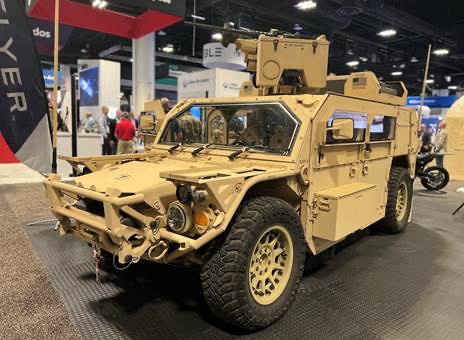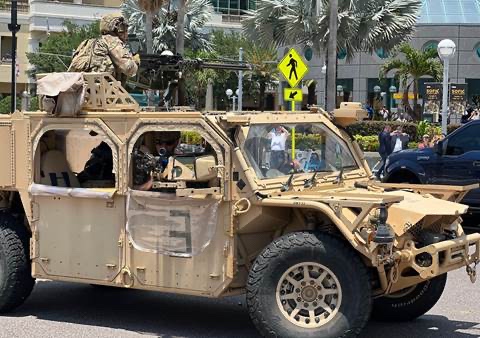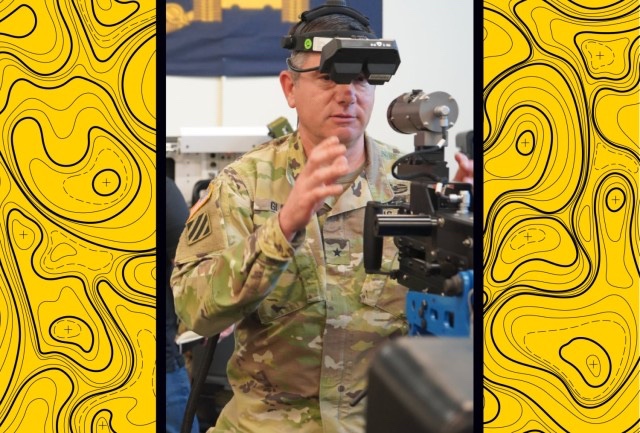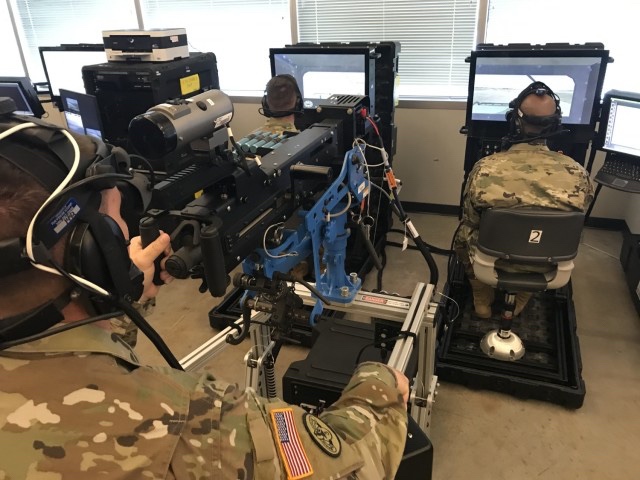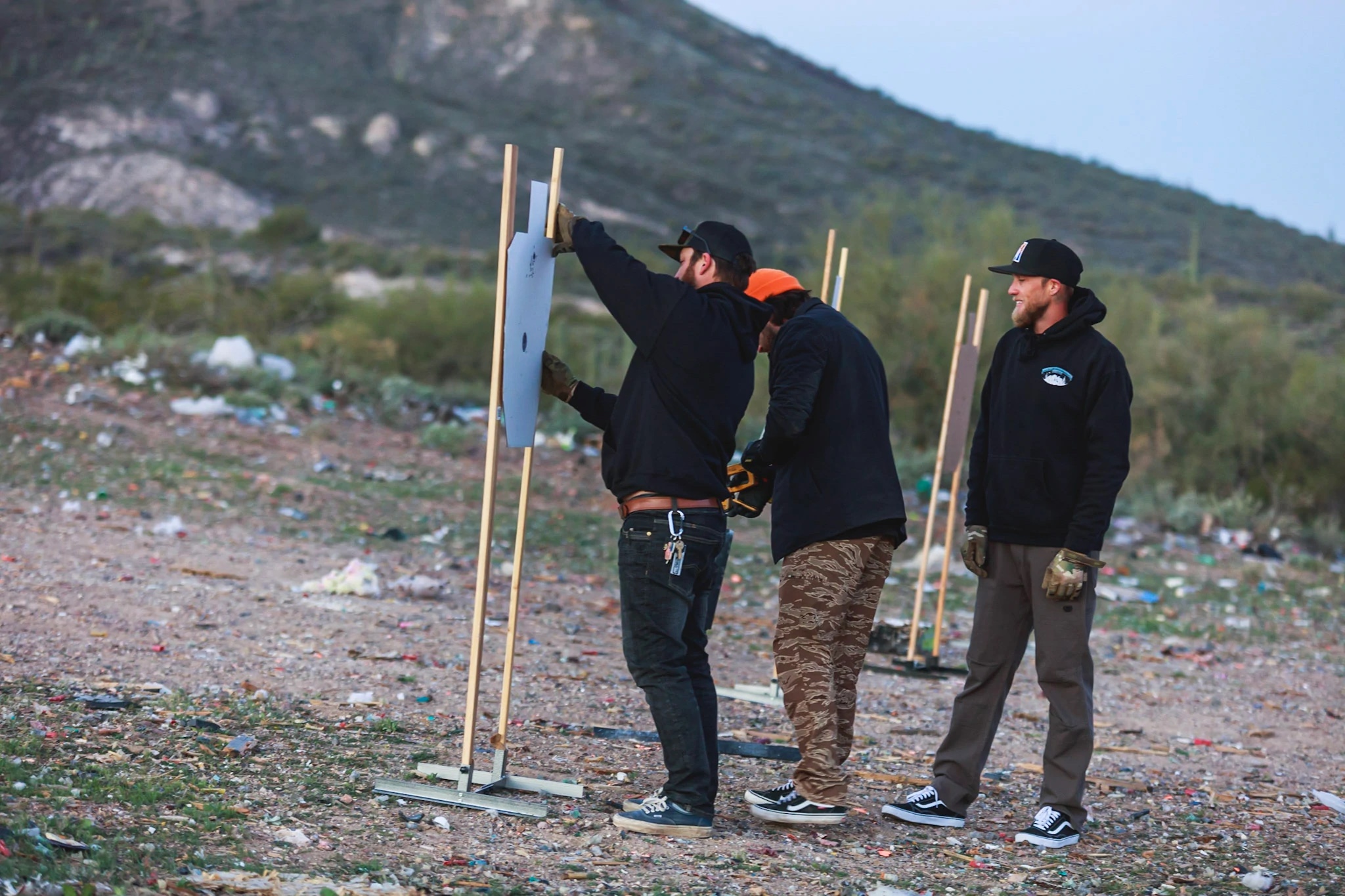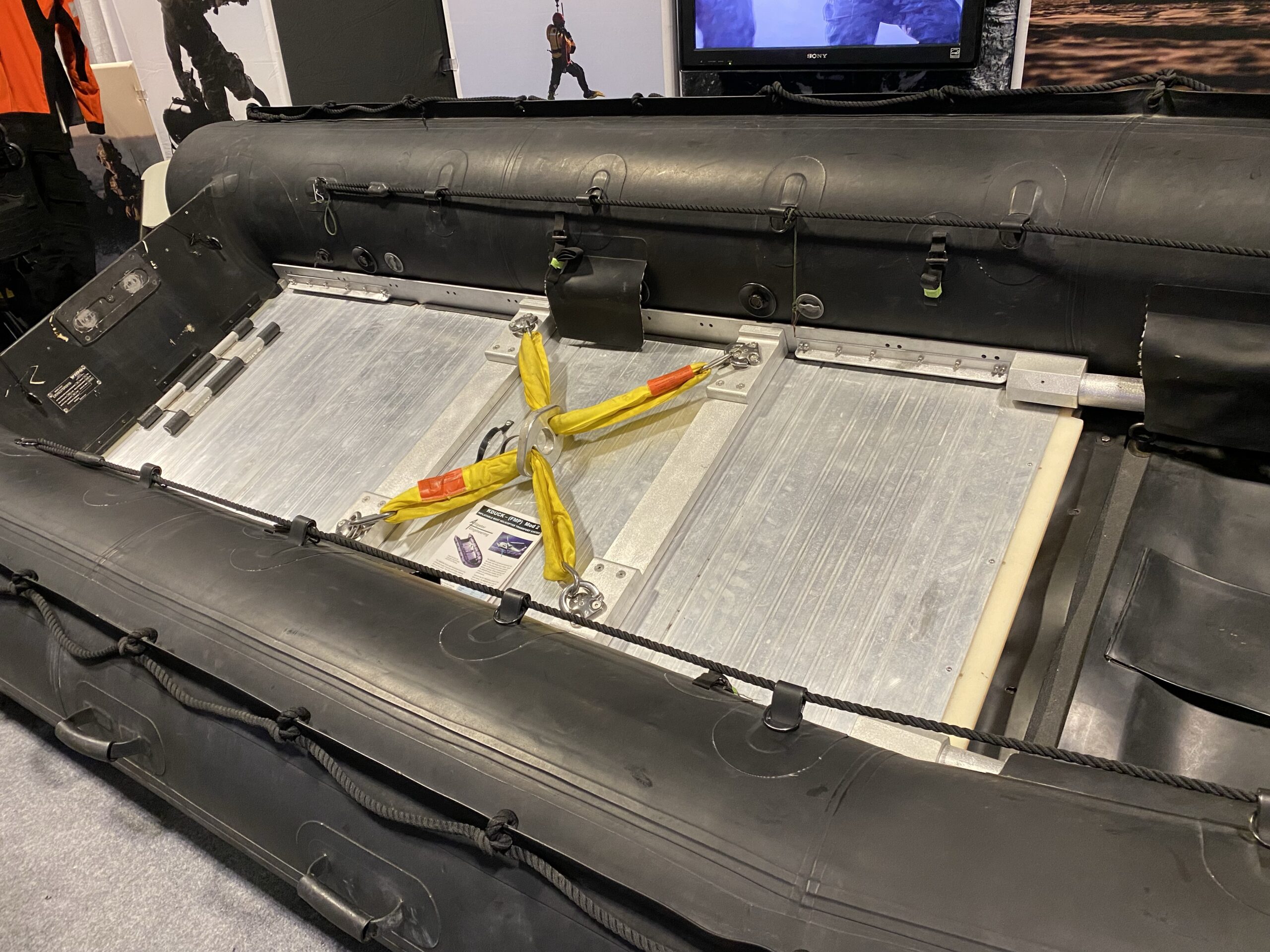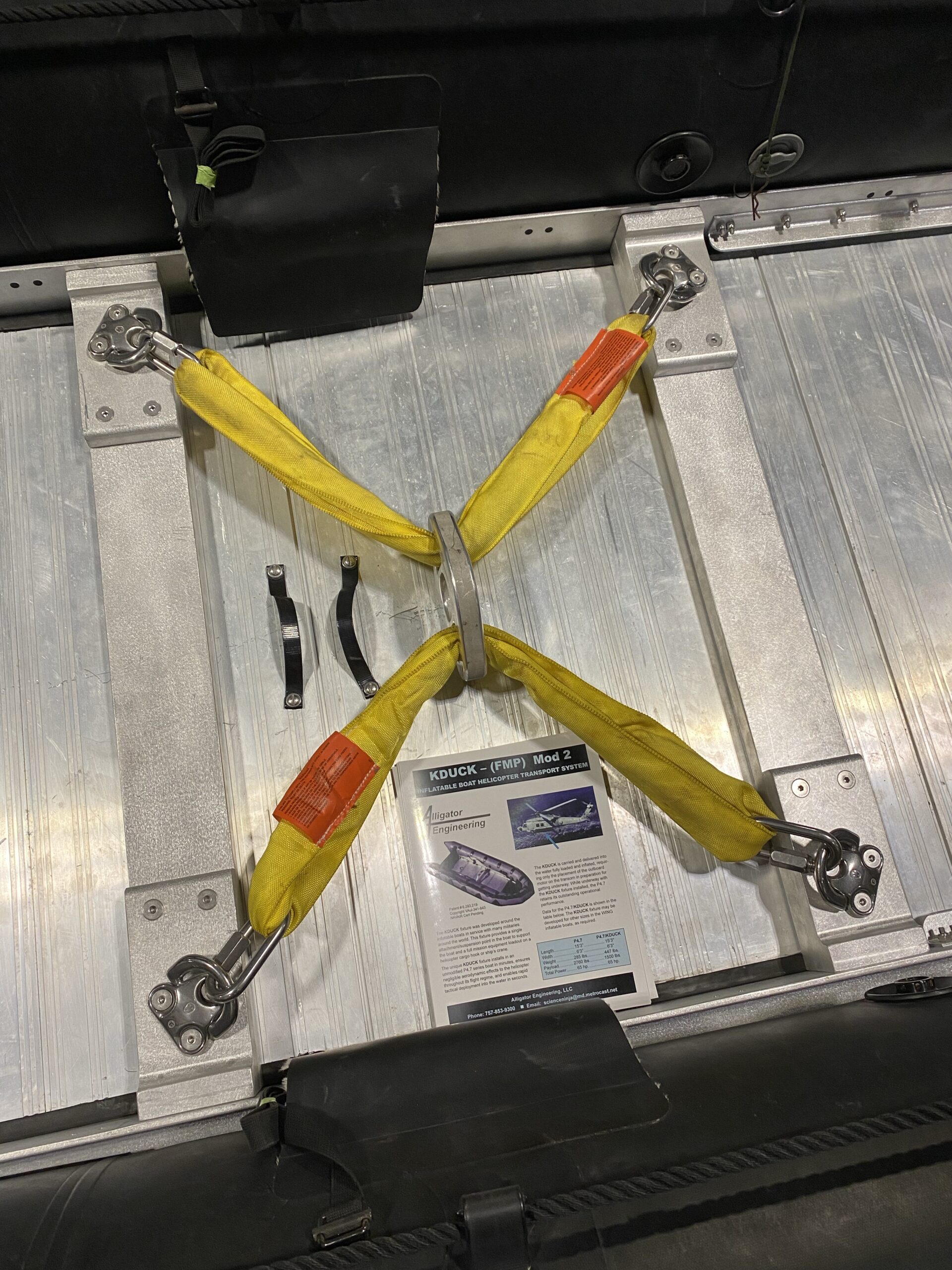TRZIN, SLOVENIA (19 May 2022)—Tactical garment innovator UF PRO today announced they will soon start selling Striker XT Gen.3 Combat Shirt and Striker XT Gen.3 Combat Pants for military and law-enforcement personnel.

The much-anticipated combat shirt and combat pants embody next-generation advances in tactical garment performance and comfort. UF PRO said its Striker XT Gen.3 garments were developed in response to the increasingly demanding requirements of today’s armed forces and police units.
“As the name indicates, the Striker XT Gen.3 Combat Pants and Striker XT Gen.3 Combat Shirt are third-generation products with a proud heritage,” a UF PRO executive explained. “They each build on the strengths of our successful Striker XT Gen.2 line, which has become synonymous with rugged performance and remarkable comfort.
“What we have achieved with the Gen.3 line is a continuation of the excellence at the heart of all our work here at UF PRO.”
Per UF PRO, key features of the Striker XT Gen.3 Combat Shirt include:
Critical-area mesh ventilation for extreme breathability
Fast-drying torso material for greater comfort
Breathable, air-permeable padding around the hips
air/pac® shoulder inserts for efficient weight distribution of heavy backpacks and plate carriers
Extra-long front zipper
Enhanced softness inside the collar
Slide-in pockets to accommodate protective UF PRO Elbow Pads
Large upper-arm pockets
Velcro® fastener-secured patches and pen pocket
Long zipper with soft padding
“Torso material clings to the wearer’s body for a perfect fit, and rapidly absorbs and dries sweat,” the company said. “3D mesh in the armpits and in the inside of the elbow joints helps wearers cool down to maintain optimal core body temperature. Breathable, air-permeable padding in the area of the pelvic crest prevents hip discomfort when carrying heavy loads, and a reinforced lower neck prevents the shirt from sliding around beneath those loads.”
UF PRO added that its signature air/pac® inserts prevent the occurrence of thermal bridging and help evenly distribute the weight of fully loaded plate carriers and heavy backpacks.
The Striker XT Gen.3 Combat Shirt will be offered in a selection of colours. They are MultiCam®, Brown Grey, Black, Steel Grey, and Navy Blue.
Meanwhile, key features of the Striker XT Gen.3 Combat Pants were described by UF PRO as follows:
Waist/Flex System for ensuring continuously optimal fit as the wearer’s body changes shape throughout the day
Interchangeable belt buckle
Extra Velcro® fasteners inside the belt loops
Dual points of access to a ventilated large side-pocket
Double knife-pocket with detachable retention strap
Five-level vertical adjustment system at the knees
Opening along the bottom of the knees for easy insertion of a protective UF PRO Solid Pad
Adjustable lower-leg width
Expanded use of schoeller®-dynamic stretch material for greater freedom of movement
WINDSTOPPER® liner compatibility
Boot hooks
Striker XT Gen.3 Combat Pants will come in these colours: Flecktarn, SloCam, Brown Grey, Black, Steel Grey, and Navy Blue.
“The Striker XT Gen.3 Combat Pants and Striker XT Gen.3 Combat Shirt product development team pushed things to the limit in order to endow these garments with highest-level performance capabilities,” UF PRO said. “We can very confidently say that our team succeeded in that regard.”
For more additional information and release dates visit ufpro.com or get in touch at: support@ufpro.si


